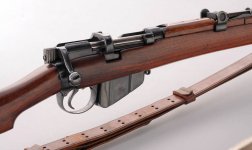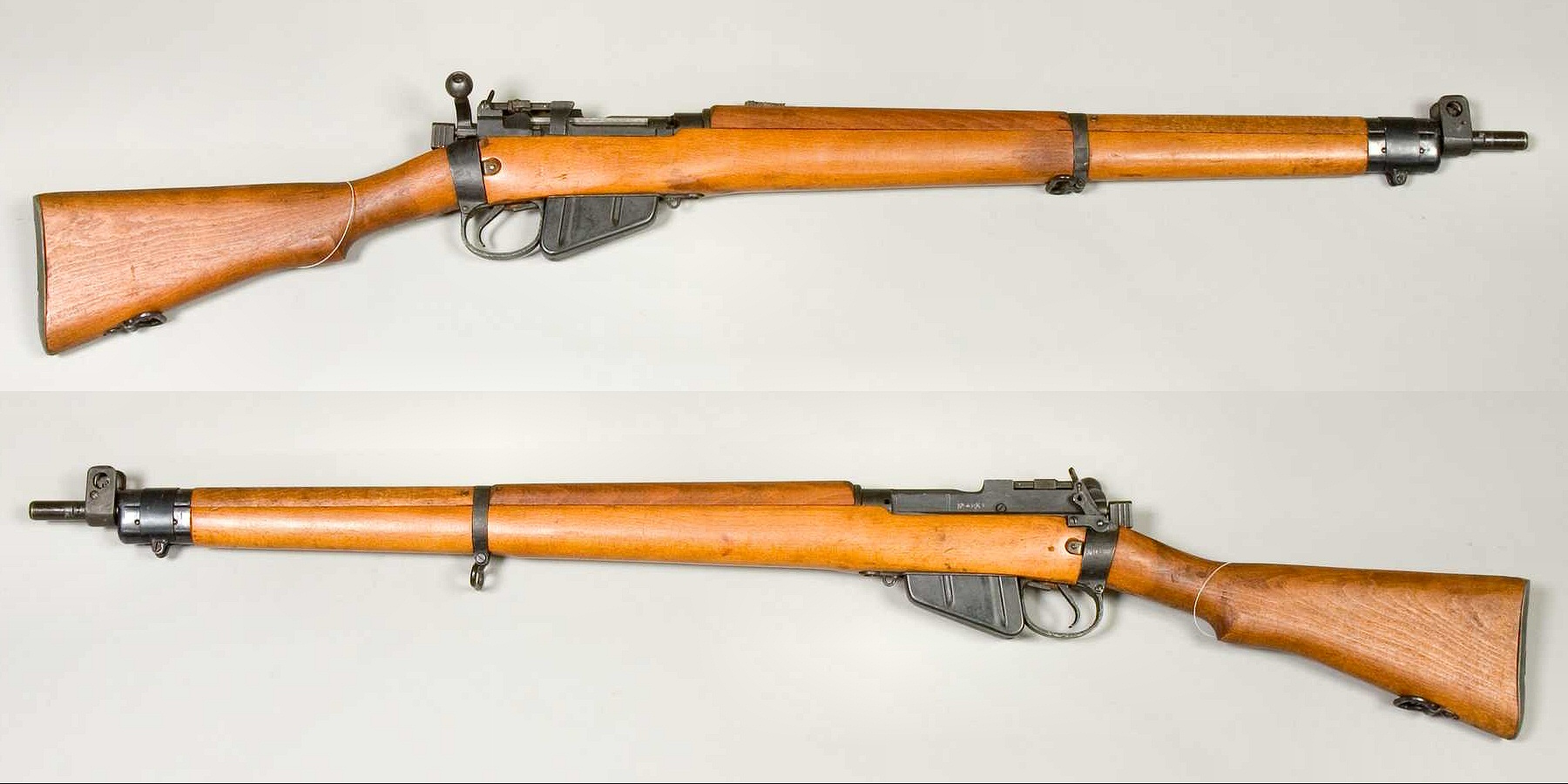people still use dialup?
the OP is not looking for bolt O heir, he is looking for an enfield and noticed there were different styles of bolts based on the colloquialisms and misnomers which he has heard in reference to two different rifle families.
I own a M1917(sometimes called the american enfield or pattern 17 rifle) they are great guns. whether it is better than a lee-enfield type rifle is debatable. my first military surplus rifle was a Savage made number 4, it started what will likely turn out to be a life long love affair with milsurps. I got great deals on 303 british ammo so I will likely have a couple decades worth of shooting and then several decades of reloading after that so ammo availability is not a concern for me(although 303 brit is pretty common in every corner of the world). the lee-enfield and other based designs use 10 round detachable magazines while the P14 has a 5 round magazine and the 1917 has a 6 round magazine. the Lee enfield is lighter, and shorter than the P14/m1917 rifles making it better suited to hunting and such. but if you compare the enfield number 1 to the P14 and M1917, they have much better sights than the number 1.
both rifles are cock on close which is an odd concept for many shooters to get used to who have never used it. all modern rifles, and most military surplus rifles use a cock on open action where the act of lifting the bolt handle for cycling cocks the firing pin. with cock on close rifles, the firing pin is cocked manually by the shooter by closing the bolt, so the last inch or so of forward motion has spring loaded resistance while the firing pin spring is being compressed and the pin is being cocked. the brits liked it and thought that it helped increase the inherent rate of fire, whether it's true or not I'm not about to get into but after shooting enfields for a long time I just love COC actions, Arisakas, Enfields, swedish mausers, M1917s, they're like Pokemon... gotta catch 'em all.
 Top picture is of the bent, bottom is of the straight.
Top picture is of the bent, bottom is of the straight.





